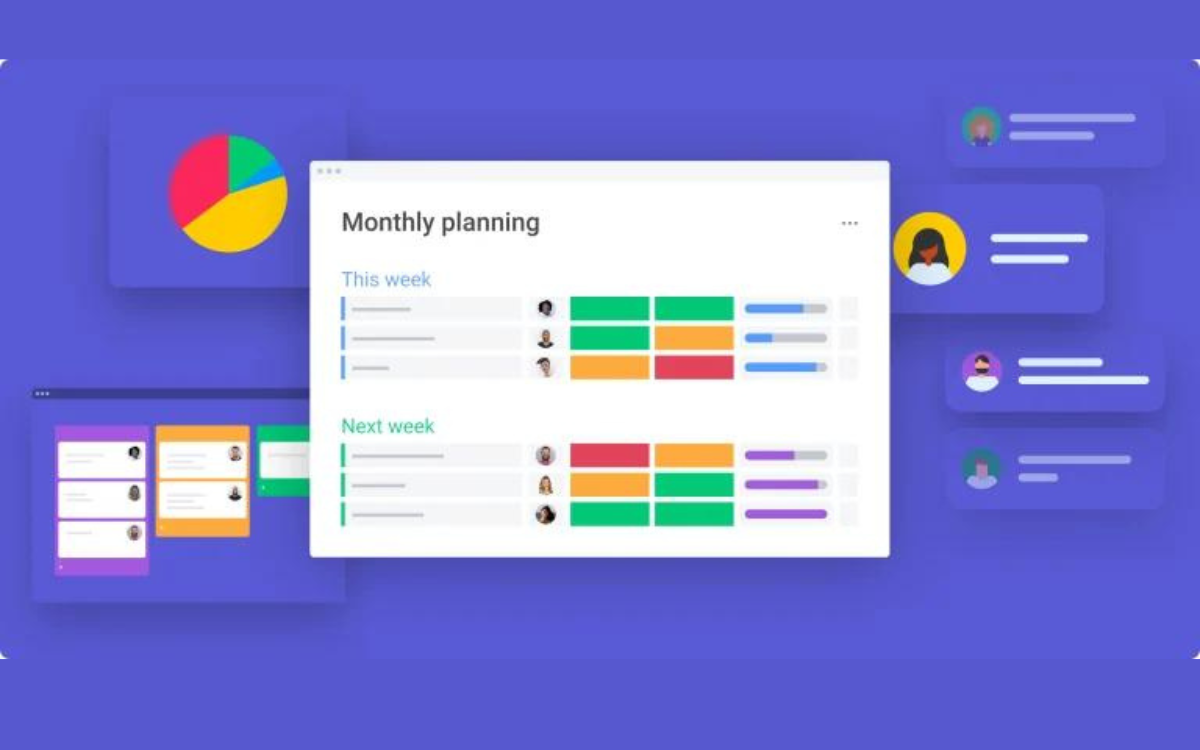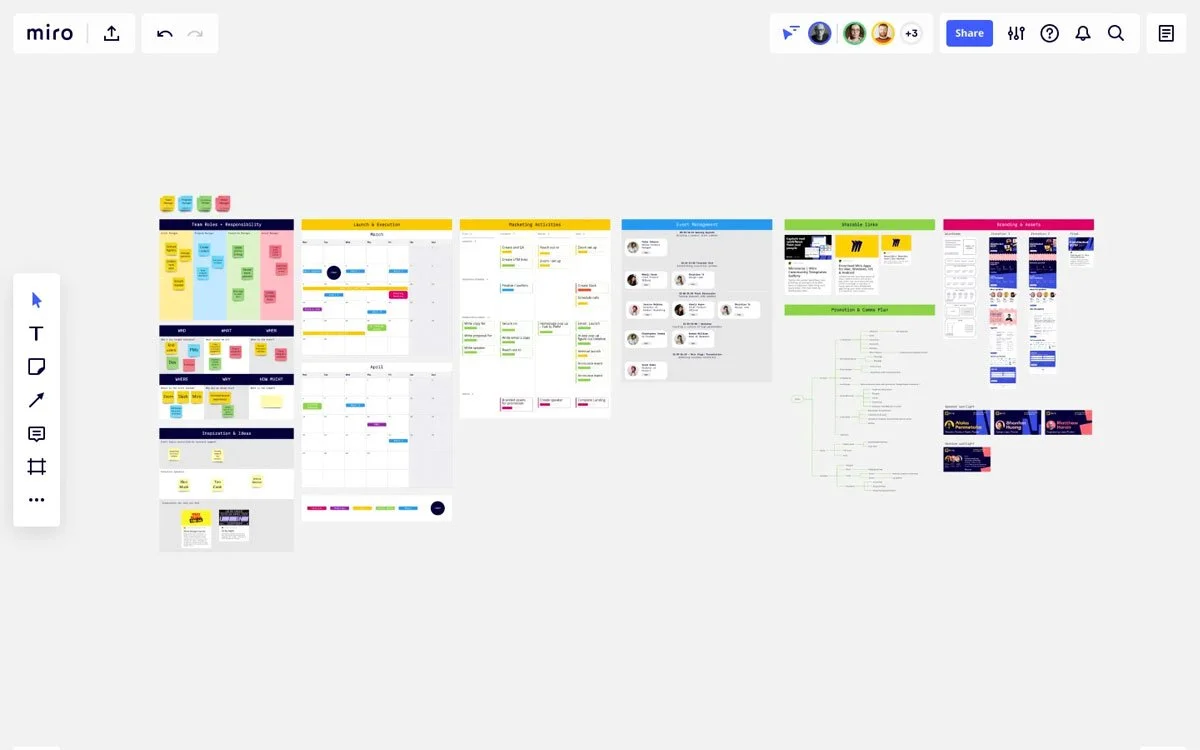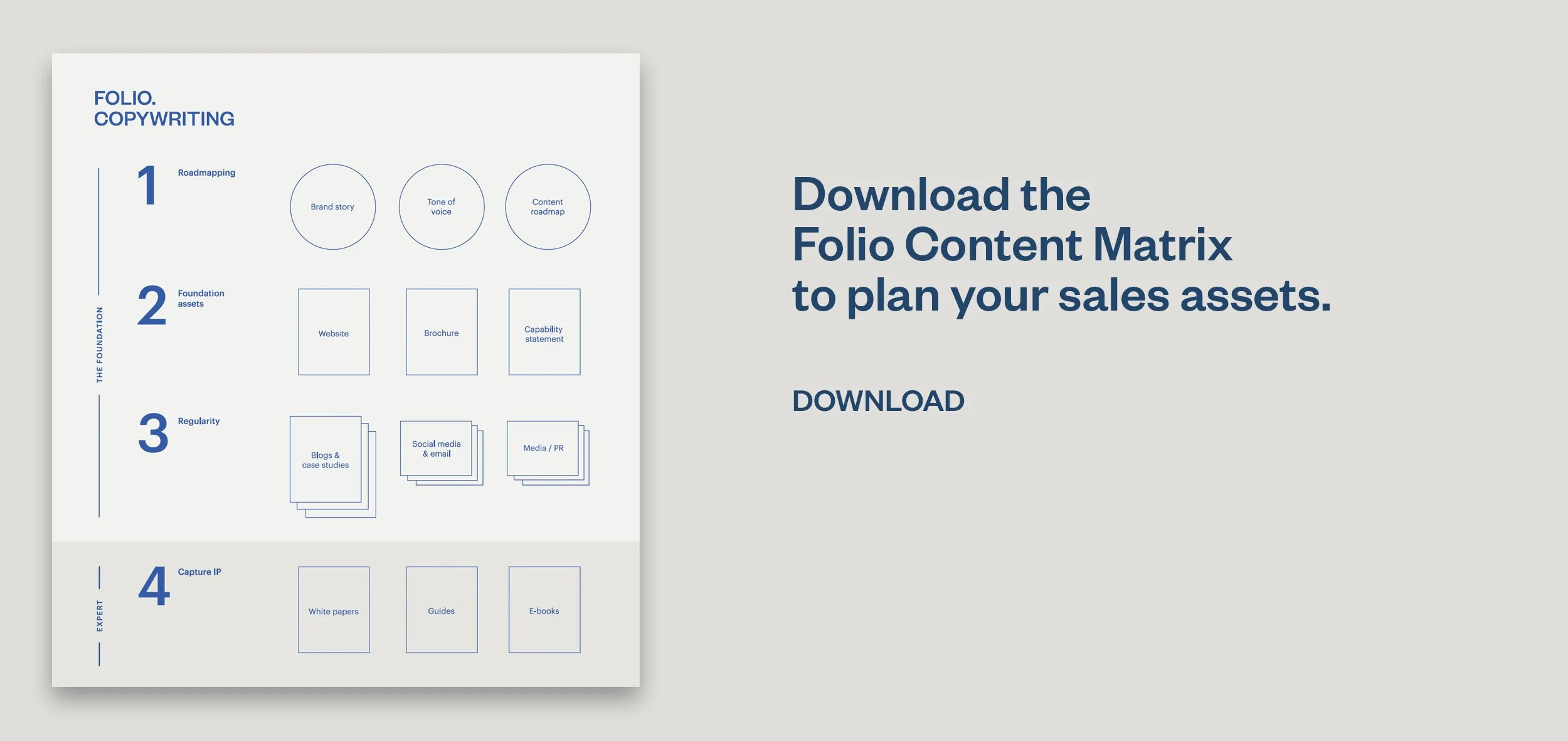Content calendar chemistry
Creating great content is fundamental to digital marketing success for B2B companies. And a content calendar is the best way to plan it, execute it, and track it.
No matter its form or the tools used to create it, using a content calendar will help you:
• become more strategic in your content planning and creation,
• plan in advance to tie your content into key industry events,
• plan your resourcing and budgeting better (text, photos, video),
• streamline workflows to create higher-quality copy, photos, and video,
• schedule content across different media platforms for maximum impact,
• keep your online profile and visibility more consistent and energised,
• share the plan with your colleagues for greater buy-in and collaboration, and
• let you enjoy all the positive feelings of being organised.
Using a content calendar also organises content workflows for greater efficiency, whether you’re a solo operator or an entire team. Most importantly, a content calendar allows your content to reach your audience at the best time and in the best format.
What is a content calendar?
Put simply, a content calendar is a written schedule for planning, creating, and posting all your marketing and social media content. And while the industry distinguishes between marketing content calendars and social media content calendars, they are essentially the same thing: all content, including blogs and case studies, will ultimately be posted in some form on social media.
At its most basic, a content calendar lists when and where you plan to publish upcoming content. From there it might include status updates, planned promotional activity, partnerships, and updates to existing content.
A content calendar might be a schedule for a single person’s separate tasks, or a way of co-ordinating multiple team members, each responsible for a different activity. It could be created as a simple list or spreadsheet, or using sophisticated, dedicated software like Monday, Notion, Trello, or CoSchedule.
Content calendars designed by Monday.
Why use a content calendar?
Creating and maintaining a content calendar gives your digital marketing focus, perspective, and impact.
1) Better strategy: a formal content calendar lets you embed your broader strategic programmes with ease, and plan for industry trends and events each quarter. With access to the big picture, everyone can see what has already been achieved and what is upcoming.
2) Better collaboration: when collaborators and suppliers can see your calendar, the quality of their ideas and input is improved and they can help you meet your deadlines by producing their assets ahead of time. You can create alerts and follow-ups to keep programme inputs on track.
3) Better budgeting: when you know the cadence of content production, you can plan and allocate budgets with more precision and/or tailor the volume of production to meet your budgets.
4) Better quality: when content creators have plenty of notice, they can streamline workflows to keep costs down and produce higher-quality assets.
5) Better visibility: by sharing your content calendar with stakeholders, everyone is aligned on what’s coming up and there are no surprises on publishing day.
6) Better results: scheduling content across different media platforms allows you to maximise impact across content type, content timing and audience. Regular and consistent effort keeps your online profile active, reliable, and visible.
In practice, a content calendar acts as a planning, collaboration, and accountability tool, ensuring that you get the results you are after with less stress and greater outcomes.
Content calendars designed by Trello.
Elements of a content calendar
The form your content calendar takes will depend on the size of your organisation and the volume and scale of your marketing and social media outreach. Either way, it doesn’t need to be complicated – the job of a content calendar is to make things easier for you and your team, after all.
For individuals or very small teams, creating a content calendar as a list using Google Docs or as a spreadsheet in Excel will be sufficient. Larger teams handling multiple projects will want to invest in dedicated content calendar software.
Whatever format you choose, your content calendar will include a few essential elements. The most important is Editorial. This will itemise the individual pieces of content that you’ll be publishing, with details on what they are about, the audience they are intended for, and the effect they are designed to achieve.
The second most important element is the Schedule, which tells you where and when each piece of content will be published. Scheduling should be done far enough in advance that you have plenty of time to plan your content, create it, ensure stakeholder signoff, do your quality checks, and then publish it on time.
The third necessary element is Promotion. Some of your content will be self-promoting, such as an Instagram post. Other pieces will require promotion to reach the widest possible audience: if you have an upcoming podcast, for example, or an education webinar or written guide, you’ll need to inform people. Ideally, much of your content will be interlinked, so that your audience is consistently engaged with your messaging.
Content calendars designed by Miro.
What is the best platform for a content calendar?
The platform is where your content calendar is hosted or stored, and the best platform is one that works the most efficiently for you and your team. From a simple spreadsheet to a complete suite of services including automation, here are some of the options for creating and hosting your content calendar.
Google Sheets: Free, and good for collaboration, this is probably the most popular option for most individuals and small teams. It takes work to set up, but there are many (free) contact calendar templates available online.
Microsoft Excel: Microsoft has made their spreadsheets more collaboration-friendly than before, with many of the advantages of Google Docs. So the choice here is more about location – if all your project files are on SharePoint or OneDrive, then share an Excel calendar, so all your project documents are in one place.
Google Calendar: If you’re a one-person operation, Google Calendar alone might be enough for you.
Monday, Notion, Trello, and Asana: Designed as project management and communication tools, many of these apps have developed content calendar templates you can use in Kanban or table format. They are incredibly flexible, and easy to change and enhance as you become familiar with their capability.
Coschedule, Kapost, and Sprinklr: These apps are designed for large teams and busy content marketing programmes. They have a range of integrations, from marketing automation to asset management to CRM integration to analytics. In a category of their own, they need investment in training to use them properly.
Content calendars designed by CoSchedule.
Creating your content calendar
Once you have selected a platform for your content calendar, obviously the next step will be to fill it in. Here’s how you do it.
Step one: Make a list of all the types of content you publish – blog posts, videos, Instagram stories, case studies, etc.
Step two: Record all of your content ideas under separate categories.
Step three: Assign each idea to a particular format – one idea might work best as a video presentation, another as a simple blog post.
Step four: Decide on a publication frequency. Depending on your platform, you might choose a different frequency for each type of post – e.g., weekly for blog posts, monthly for videos.
Step five: Fill in the dates you have established with your content ideas for each format.
These five steps allow you to create a basic content calendar, with each entry including just the title of the post, its format, and the date it is scheduled to release.
If you are performing all the tasks yourself – creating, scheduling, posting – this may be enough. However, a content calendar can become a far more powerful tool, especially when used to co-ordinate complex campaigns run by multiple team members. As a tool, your content calendar will become an essential part of your content strategy workflow.
What is a content strategy workflow?
All of your content should be part of a digital marketing strategy whose aim is to elevate your visibility online for the right audiences, attract and keep potential customers, and increase your bottom line. Content strategy workflow is the method by which that content is researched, created, presented, perfected, and published. And depending on the platform used to create it, your content calendar can also be used to manage that workflow.
A content strategy workflow provides a template for how your content travels from idea to publication. It establishes the roles and responsibilities of each of your team members involved in creating it, and details each step in the creation process.
Workflows will vary dramatically across different types of content. A video may require input from several people (writing, directing, editing, sound), while a blog post or an Instagram story can be produced by just one person.
But most projects will comprise more than one element, and often one task must be completed before the next can begin. For example, data for an infographic must be accumulated and analysed before you can create the graphic.
Content strategy workflow by Miro.
Bringing it all together
Using a content calendar, you can define every stage of production for every asset and piece of content, as well as the time frames for completion and the team members responsible. You’ll be able to see at a glance what stage each piece of content is at, and ensure that it has been crafted to perfection before being published on schedule.








